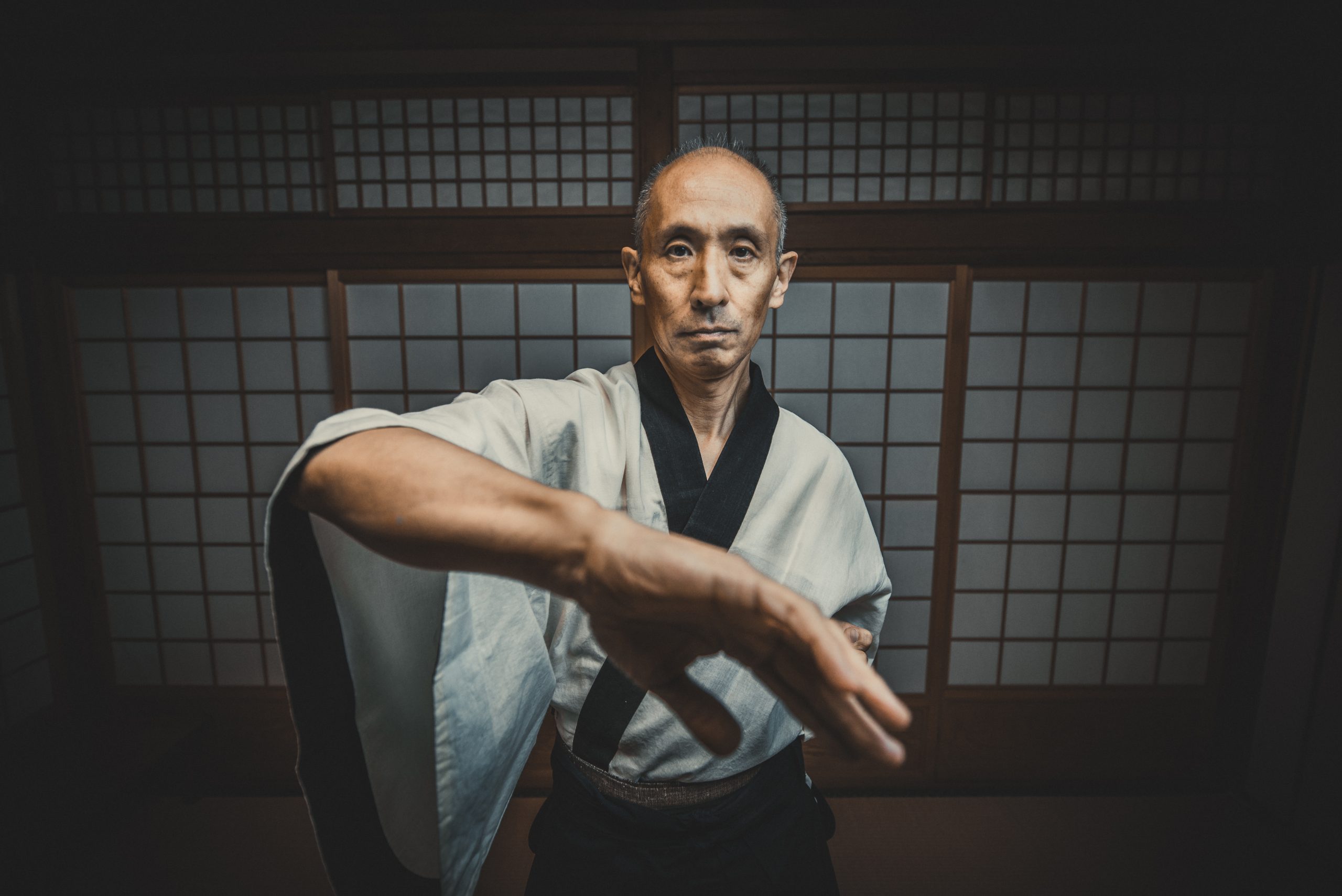
Tao Te Kung Fu is a style that has many influences from traditional Kung Fu styles, real world experience and critical feedback through teaching and testing. It began in 2009 when the two founding instructors, Sifu Mark Ringer and Sifu William Bridgman decided to work together and combine their experience and backgrounds in teaching, martial arts and real-world application.
History and Origins of Wing Chun
One of, if not perhaps, the most influential style in Tao Te Kung Fu is the Chinese system of Wing Chun. Wing Chun is thought to be approximately 300 years old. Legend says that it was founded by a Buddhist nun named Ng Mui who then taught it to her first student Yim Wing Chun, wherefrom the name of the system was born. This is why Wing Chun as a system roughly translates to ‘beautiful spring’ which is not descriptive of the efficient and deadly aims of a martial art but a 300 year old female Chinese name.
One of the most famous modern Wing Chun practitioners has to be Yip Man who has been popularized in the recent Ip Man films. His students still teach today although the styles have all branched off and adapted to create their own lineages. This is why you will often see different spellings of the system such as Wing Chun, Wing Tsun, Ving Tsun, Wing Tchun and others. Jeet Kune Do, the style developed by Bruce Lee also incorporates Wing Chun along with boxing, fencing, Escrima/Kali and other systems.
How Wing Chun Works as a Style
All of the variations of Wing Chun revolve around close range ‘in fighting’. You spot opportunities to bridge the gap between you and your opponent, often using seeking arm techniques and sticking to your opponent’s arms. From that position any number of things could happen from trapping and pinning to yielding or attacking. This is often where the practice of ‘Chi Sao‘ comes in to play.
Chi Sao, often referred to as ‘sticky arms’, is a partner drill where you start off in a repeating rolling arms type of movement and then either work through set patterns, almost like two man forms/katas, or try to react to what your opponent does in a slightly more freestyle manner.
Wing Chun focuses on tight & efficient defence and fast, light, mostly linear attacks. These reflect principles such as focus on direct attacks and economy of motion that contribute towards its success.
Criticisms of Wing Chun
One criticism of Wing Chun is a lack of powerful strikes as the focus is on efficiency, speed and directness. Another is that the footwork and kicking is too rigid and static. When compared to other systems these could be justified. Stories of how and where the system was used could explain why Wing Chun has developed this way. Wing Chun is said to have been used in Hong Kong (not famous for it abundant city space) on small rooftops, for training and less friendly scrapping in one’s spare time. This could very much explain why people weren’t lunging around with huge strikes, kicks and steps because although you might land a good one on your opponent, you could risk falling to your death!
Another criticism is the often over-reliance on the Chi Sao drills and lack of sparring and more realistic drills. After some basic training, many schools focus very heavily on this Chi Sao. This could indeed be a floor. Overusing a reaction drill, good for a purpose as it may be, could lead to practitioners expecting real world attackers to behave in exactly the same way as their class mates do while practicing this one particular drill which, would obviously be a mistake. This could well be more to do with particular instructors rather than a system as whole however.
Every martial art has strengths and weaknesses. Even calling something a weakness may not be justified sometimes. For example, you could say that the lack of kicks in boxing is a weakness. But that is like criticising any unarmed combat system for not teaching you how to shoot an automatic rifle… Many fighting systems are shaped by their focused purpose and their origins. You could always say that system A is lacking in X but some systems are just more focused in their scope than others and this isn’t always a bad thing. Few people will deny that if you want to learn to punch in certain ways to certain targets with certain rules, boxing is a pretty good option.
Wing Chun in Tao Te Kung Fu
Tao Te Kung Fu respects and maintains the strengths of Wing Chun and it’s principles, while being open to ideas from other martial arts that could fill any needs that Wing Chun doesn’t or perhaps was intentionally never designed to meet, such as certain weapons, long distance footwork or meditation practice. In fact, the influence it has was such that the original name for the system was going to be Tao Te Wing Chun Kung Fu. The predominant reason it changed was due to the length of the name!
The foundation and intermediate forms are named after the Wing Chun blocking technique the form is based around such as Taan Sao or Bong Sao. This is one of the many places you will find the Wing Chun aspects and homage paid to this popular and influential style.
